Jul 01, 2023
While it may sound like a radical practice used by only the most dedicated greenies, vermicomposting, or composting with worms, is a quick and easy way to help the environment. The process uses worms to break down food scraps while creating a fertilizer for your garden.
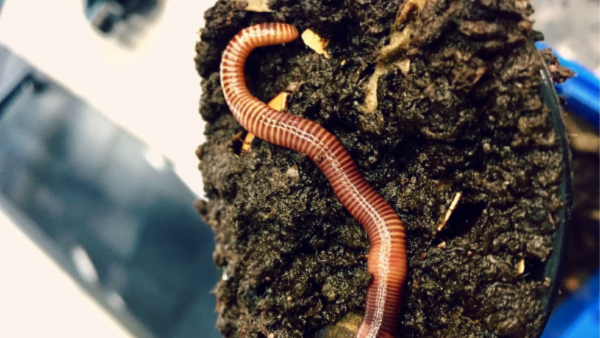
Why Use Worms?
It uses less space than traditional composting. Not everyone has space to set up a compost bin in their backyard, but anyone can compost indoors with worms! A worm bin can easily be tucked away under a sink, in a basement, or virtually any space. Just like other types of composting, if done correctly, it won’t smell.
It’s cheap. You can reuse a plastic tub and purchase inexpensive worms to get started.
It’s low-maintenance. The worms do most of the work!
Worms make cool pets. Worms are quiet, low-maintenance pets that don’t need to be walked, groomed or boarded when you go out of town 😊. Kids love them, and they’re a great conversation starter.
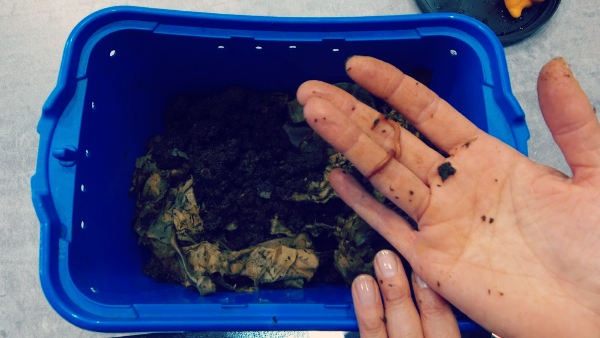
Getting Started
To start your career as a worm composter, you’ll need:
1. A Worm Bin. Worms don’t like the light, so an opaque bin is preferred. A plastic tote with a lid works great. Drill air holes in the top and drainage holes in the bottom. You’ll want to put something underneath your bin to catch any liquid that drains out.
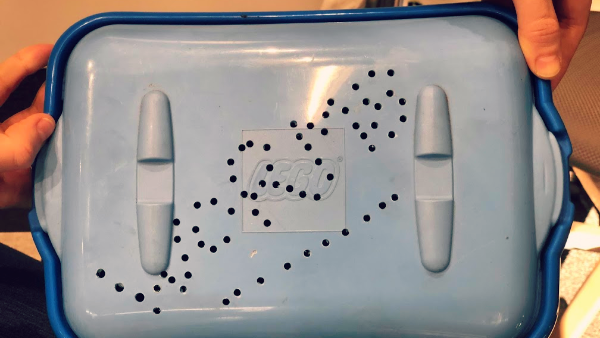
2. Worms. Red Wiggler worms are well-suited for vermicomposting. You may be able to get them from a bait shop, but you can also order them online. Your worms will multiply, so you don’t need to start with a lot! Have your bin ready before your worms arrive.
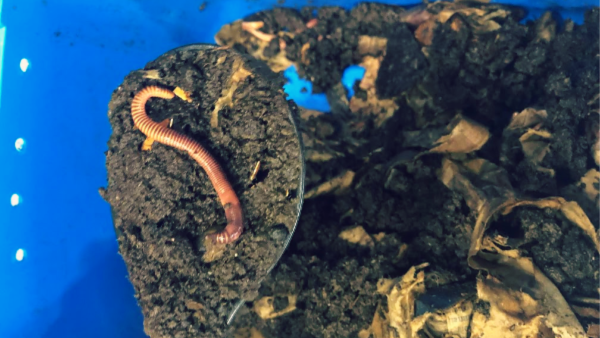
3. Bedding. Torn strips of newspaper moistened with water are all you need to make a happy home for your worms.
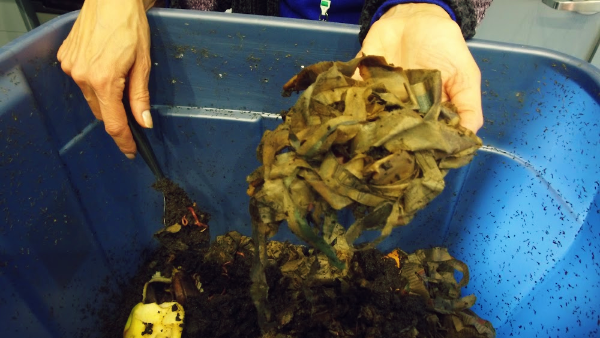
4. Food. Many of the same materials you’d put in an outside compost bin are good food for worms. This includes banana peels, apple cores, coffee grounds and other veggie scraps. Worms do not take well to citrus or eggshells. Oils, grease and meats should never go in your bin. Tip: Keep a container of food scraps in your freezer to avoid fruit flies. The added moisture from thawing also makes it easier for worms to eat.
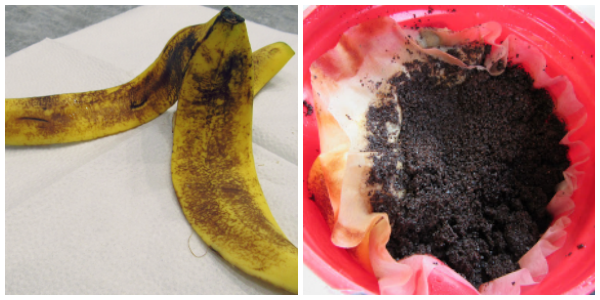
Maintenance and Using Fertilizer
Worms can eat up to half their body weight each day, but make sure not to feed them too much! If they’re not able to eat what you give them, uneaten food will rot and smell bad. Start slow; place food in one area of the bin then cover with newspaper and check back in a few days. You’ll soon get a sense of how fast your worms will eat through your scraps.
After some time, you’ll find your worms are creating lots of great castings (a.k.a. worm poop) that can be harvested and used as fertilizer in a garden. There are several ways to do this; you can encourage them to move to one side of the bin by moving food scraps and having them slowly but surely move to the opposite side, or you can simply dump the bin out onto a tarp, and separate worms from castings.
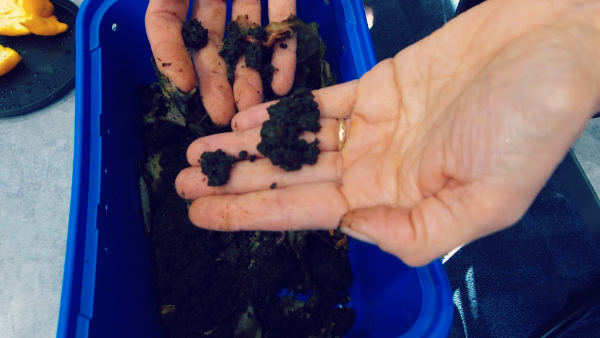
All-natural vermicompost helps plants grow fast and strong. Castings can be added directly to the soil in your garden or houseplants. Castings can also be diluted to create a “compost tea” (for plants, not people!) that can be used to water plants or sprayed directly onto leaves.
Get Wormy!
Let us know how your venture into vermicomposting goes! Share your story with us on social media (Facebook, Twitter or Instagram) or send us an email.
Additional Resources:
Master Composters
Rutgers Fact Sheet